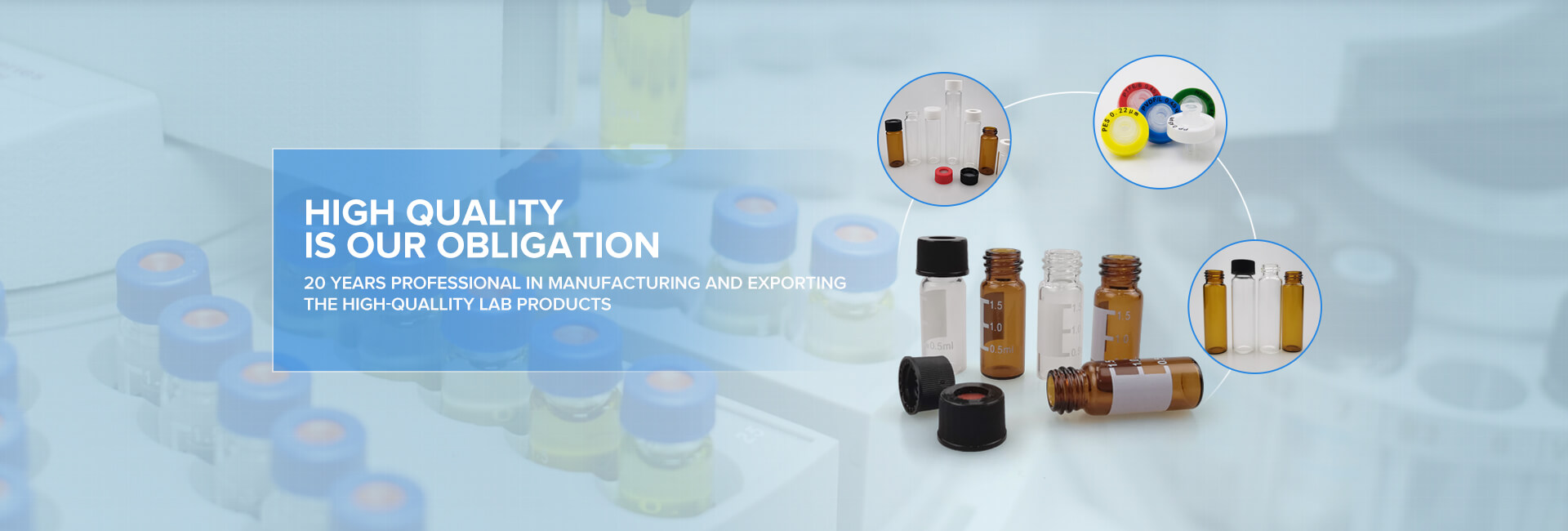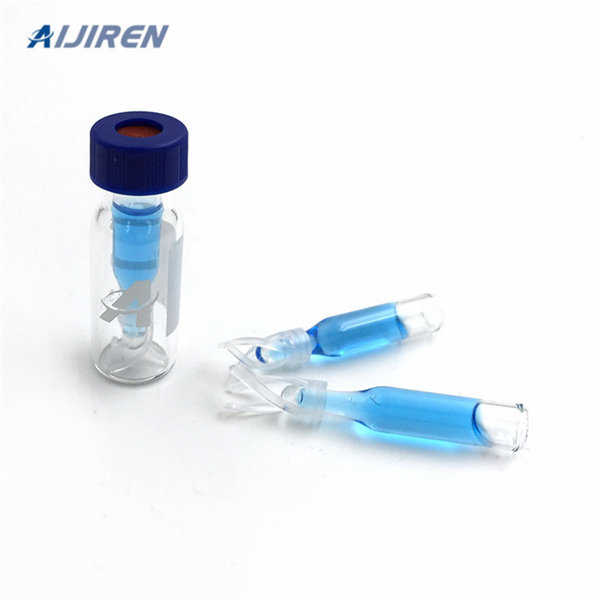


Thermo Scientific Routine Vials and Caps are ideal for use in most standard HPLC and GC applications and high-throughput analyses. These quality autosampler vials and caps provide consistent results for your standard and high-throughput pharmaceutical, environmental, and food and beverage applications.

1 mL, 8x40mm Glass Autosampler Vials & Inserts : Use with Waters 96 Position HPLC Instruments Click on pictures for more information

Jun 22, 2013 · The HPLC "Hints and Tips" found on this page may be of interest to anyone performing HPLC, UHPLC (UPLC), LC/MS or SFC analysis. Many of these tips are presented in chromatography training courses that I offer and explain fundamental to advanced level chromatography concepts in a practical way.

Glass Insert : These types of small volume inserts are available for use with 8mm, 2ml Autosampler Vials. Made with high precision. These inserts offer reliability and will not contaminate your samples. Simply drop them into your autosampler vials for use. These inserts are the very best available today for HPLC, GC, LCMS & GCMS.

150uL Insert with mandrel interior and polymer feet, 29*5mm; suits for ND8 Vials. Glass inserts with polymer feet. Conical with precision-formed mandrel interior, 150 μl . Replaces for Shimadzu Inserts, 150uL with bottom spring, used with ND8 2mL Shimadzu screw-thread vials . Product Description:

Just need a good, every day, reliable vial for high-throughput routine analysis at lower cost? Use Thermo Scientific 2mL Routine Vials & Caps. Balances quality and price; Selection of common vials used in routine analyses
.jpg)
Vials and Closures Thermo Scientifi c Chromatography Columns and Consumables 2014-2015 2-058 We use only the highest-quality glass to manufacture vials and inserts. Clear and Amber glass tubes have been selected for their consistent composition, dimensional stability and cleanliness. The vast majority of chemical

Conical Glass 150ul Micro Insert Vial For 8/425 Hplc Vial , Find Complete Details about Conical Glass 150ul Micro Insert Vial For 8/425 Hplc Vial,150ul Micro Hplc Vial,Micro Hplc Vial Inserts,Conical Glass Inserts from Laboratory Bottle Supplier or Manufacturer-Zhejiang Aijiren Technologies Co., Ltd.

Apr 17, 2017 · For more routine analysis, certified vials will probably be an unnecessary expense. You may require amber vials for light sensitive sample to maximise lifetime. Vial inserts may help to inject very small volumes of sample. However, many labs like to use the same vial for all HPLC use and not have to choose a vial for each analysis.

HPLC Columns. Ion Chromatography Columns 1 - 20 of 168. Showing results for Vial Insert ... JG Finneran - 150uL Glass Glass Conical Limited Volume Insert ...

HPLC Vial. 1.5ml/2ml Screw Neck ND8, small opening, 8-425 thread autosampler vial with matched PP Screw Seals ND8, PTFE/rubber septa & Micro-Insert • Port:Shang hai

China 1.5ml 8-425 Screw Neck Vial Autosampler Vial Micro-Inserts IV150/IV150I, Find details about China 8-425 Vial, HPLC Vial from 1.5ml 8-425 Screw Neck Vial Autosampler Vial Micro-Inserts IV150/IV150I - Zhejiang Aijiren Technology, Inc.

Clear glass or polypropylene inserts for 9mm HPLC and GC autosampler vials are available in a variety of configurations with usable volumes from 160μL to 3.5mL. Pulled point inserts are an economical choice for noncritical applications; Nominal O.D. of 6mm to fit Target wide-opening vials; For use with: Target LoVial Wide-Opening vials

The dimensions listed for insert size in the catalogue refer to the outside diameter and length. Inserts with an outside diameter of 5mm are used with vials with standard mouth openings and the 6mm are used with wide mouth vials. The length of the insert should be flush with the neck of the vial to prevent the insert from causing the septum to
.jpg)
Alliance HT HPLC Systems. This vial delivers maximum sample capacity (~1.5 mL) with minimum residual volume. The 9 mm cap makes it ideal for use with Aijiren HPLC and GC Systems. Choosing the level of certified vial should be based on the concentration of analyte. Concentration of analytes is often tied closely with the detection source used.